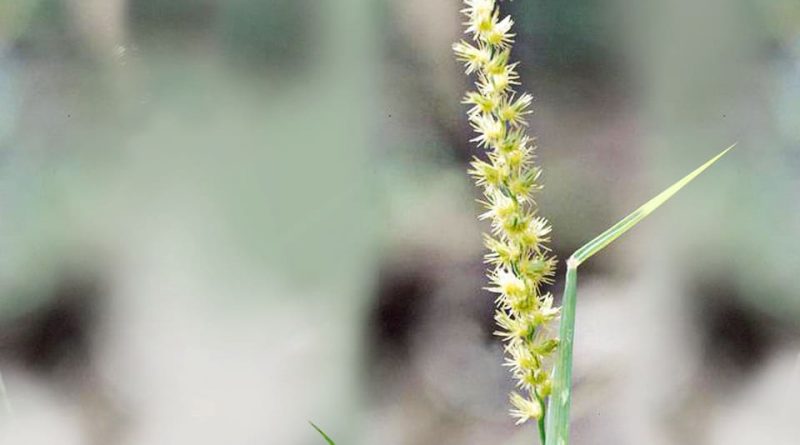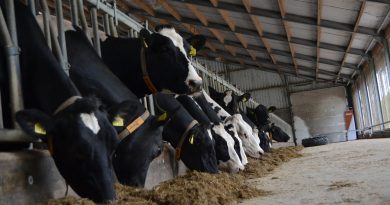Tlolela-Kgalagadi’s most notorious weed
Popular pastoral species, Buffel grass commonly known as Tlolela in the Kgalagadi region, is an effective invader and a noxious weed which produces spiky seeds at a density of thousands per square metre
The weed is now receiving long overdue attention as an invasive species that poses serious threats to biodiversity conservation in Kgalagadi. There is significant information about the grass, scientifically called Cenchrus biflorus, to supplement the strong evidence from field workers and managers that the species is an aggressive invader and threat to biodiversity in many several countries around the world.
The Entomology Section of Department of Agricultural Research (DAR) recently presented a comprehensive report detailing the need to control this Tlolela which is considered to be a threat to grazing areas and ploughing fields in the region.
According to the report, this species is a warm season grass, native to the Indian Subcontinent and Tropical Africa, and it has been grown in North America (New York, Alabama) and Australia as a forage crop. It is widely distributed in drought-prone areas of Australia, Africa, Saudi Arabia, Iran, Pakistan and India. It belongs to Class Liliopsida, Subclass Commelinidae, Order Cyperales, Family Poaceae, Subfamily Panicoideae, Tribe Paniceae and Genus Cenchrus). Its accepted name is Cenchrus biflorus Roxb.
The weed is found in dense clumps in cultivated fields, pastures, roadsides, dry areas, sandy dunes or barren sandy areas, desert peripheries, wild cultivation and fallow, waste areas or otherwise disturbed areas where annual rainfall ranges between 250 and 650 mm. Sandy or well drained and gravel soils favour the rapid growth and development of this notorious weed. It has also become a weed of fallow lands, particularly on sandy soils. The grass can withstand high temperatures and extreme drought conditions, but it has no tolerance against flooding and is mostly found in areas with no frost.
Tlolela has a short growing season. Flowering and seed production occurs between March-July in Kgalagadi. The vegetative period lasts 20–30 days before flowering and, if conditions are favourable, vegetative growth continues after flowering. Livestock will graze this grass in its juvenile state and after the shedding of spiky bars, but they will not graze the prickly spikelets. Even though it is a palatable pasture grass when young, it becomes a nuisance as it grows and seeds set. The weed can also can deny farmers accessibility to their fields at high densities. It can grow either mixed with indigenous vegetation or in monocultures around boreholes.
According to animal health doctor at Ministry of Agriculture, Dr Jabone Sebina, the seeds of this notorious weed are dispersal through the attachment of burs to passing cars, animals and human clothes. He noted that the burs of the plant can be harmful to animals because it adheres to animal skin and may cause ulcers in mouths of animals.
Studies on weed management of this grass are limited because the plant was not previously regarded as a serious problem.
Effective control of this species can be achieved by reducing the seed supply through grazing at the juvenile stage, increasing crop competition, herbicide application, machinery hygiene protocols and not using stock from infested areas before seed formation.



